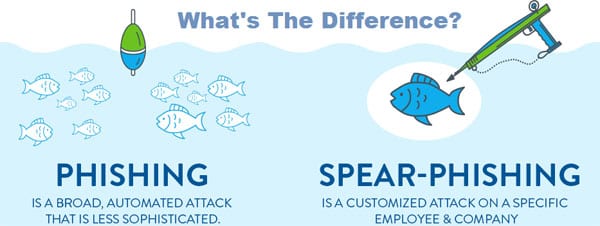
April 12, 2015; Wall Street Journal, “Journal Reports”
At their best, private family foundations engage the family in shared mission while changing the world for the better. They can effect change in a small, targeted geography (like Kansas City, KS) or impact a broad issue that resonates across many boundaries (like funding HeadStart). Family foundations need expertise, infrastructure, governing documents, skills, and technology. Because these private foundations have a high degree of control and latitude, with only the family involved, the challenge becomes keeping the extended family—the second, third, and fourth generations—passionate, engaged and mission focused.
A recent WSJ article focused on precisely that challenge: How to “ensure the family’s philanthropic flame doesn’t burn out.” There are a variety of strategies, to include spending down or giving away all the money in the current generation. Bill Gates, with his Giving Pledge, demonstrates that strategy, while Henry Bloch of the Bloch Foundation, as covered in this NPQ article, trusts his future family to make decisions.
Sign up for our free newsletters
Subscribe to NPQ's newsletters to have our top stories delivered directly to your inbox.
By signing up, you agree to our privacy policy and terms of use, and to receive messages from NPQ and our partners.
Here are five ways family foundations can hope to keep their next generations feeling the passion:
- Share the history: Clarify why the foundation was started and what the original hope was. The example highlighted tells of a foundation that created a historical document that was shared with all family members. It was important to have the next generation understand why the focus was on Chicago-area organizations.
- Train them early: Engaging family members from a young age creates a connection for future service. One family foundation created a “kids club” for the children aged 5–15. The club made collective decisions regarding family service projects each year. Assigning a mentor or encouraging young people to shadow experienced members are other strategies to help younger family members prepare for future leadership roles.
- Give them a voice and a vote: The founder’s humanitarian causes often are not the same causes of later generations. One foundation avoided the potential disconnect by requiring that three of the 10 board seats go to third-generation members. These seats were one-year terms to provide opportunity for involvement from more family members.
- Be open to change: Current generations are more about hands-on roles with their chosen charities, while the older generations believe that writing checks is the best path. The example shared describes a young adult family member encouraging the older adult family members to create a mission statement. While they agreed on the cause, there was a need to determine methods and selection criteria.
- Give them time: “Becoming a philanthropist is an evolution” that the family foundation needs to allow to happen. The article suggested letting family members stay involved at different levels of commitment.
It’s very interesting to read these ideas in the context of engaging the next generation in the family philanthropy. Many of these ideas could be applied to an executive director looking to engage the next generation of donors. Maybe the “kid’s club” won’t work, but the idea of bringing a greater variety of people into decision-making sessions, intentional sharing of the organization’s history, and being more open to change similarly could open new doors.
What are your thoughts about how a nonprofit that benefits from foundation philanthropy could apply these ideas to their interactions with a family foundation?—Jeanne Allen













